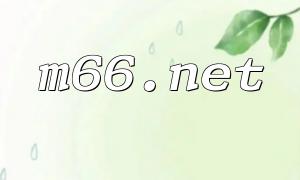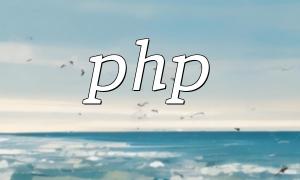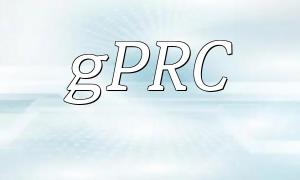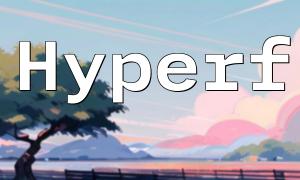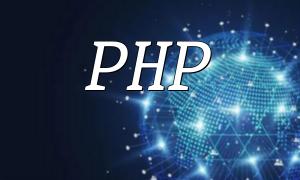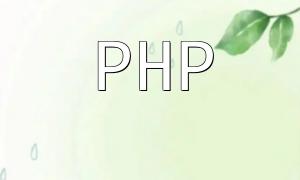To run PHP, you need a properly configured environment. A complete PHP setup typically includes a web server, a PHP interpreter, a database system, and several optional components. Together, these elements form the foundation required for PHP applications to function correctly.
PHP relies on a web server to serve web pages and execute scripts. Common options include Apache, Nginx, or IIS. Choose the one that best fits your project’s performance and configuration needs. After installation, make sure your server is correctly configured to parse PHP files.
PHP scripts are executed by the PHP interpreter. Depending on your operating system and web server, select the appropriate PHP version. It is recommended to use the latest stable version to ensure optimal performance and security.
Many PHP applications require database support. Popular databases include MySQL, MariaDB, and PostgreSQL. If your project involves data storage or retrieval, install and configure a database server first, then test the connection from PHP.
In addition to the core environment, certain PHP features depend on additional extensions. Some commonly used ones include:
Enable the necessary extensions according to your project’s requirements.
Once the installation is complete, you can verify that PHP is working by creating a simple test file. For example, create a file named test.php with the following content:
<?php echo "Hello, world!"; ?>
Place this file in your web server’s root directory and open it in a browser. If you see “Hello, world!” displayed, your PHP environment is successfully set up.
Setting up a PHP environment mainly involves installing a web server, the PHP interpreter, and necessary extensions. By following the steps outlined above, you can quickly build a stable and efficient PHP development environment for future projects.
